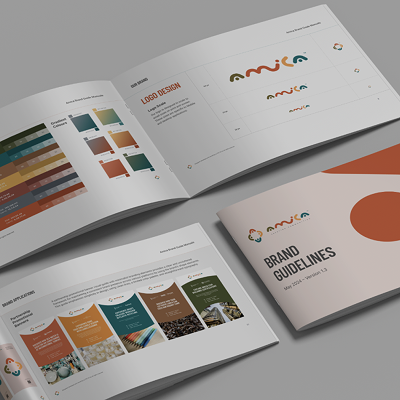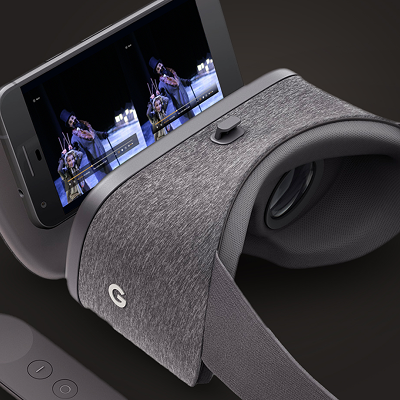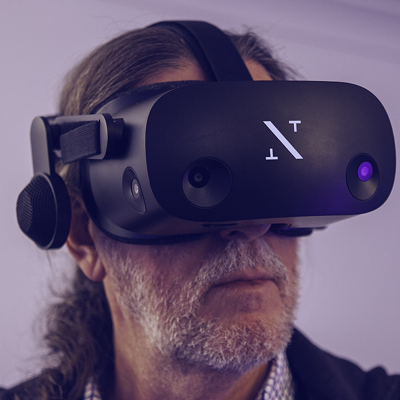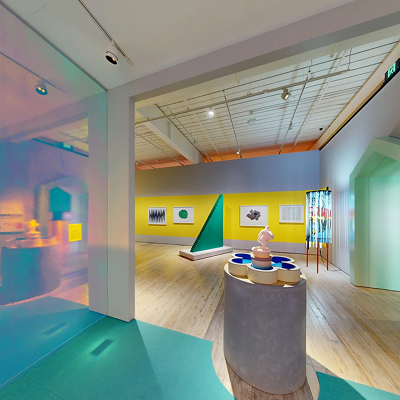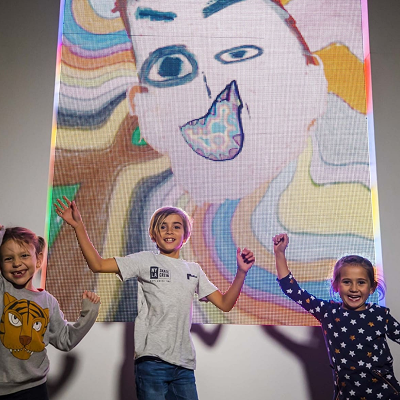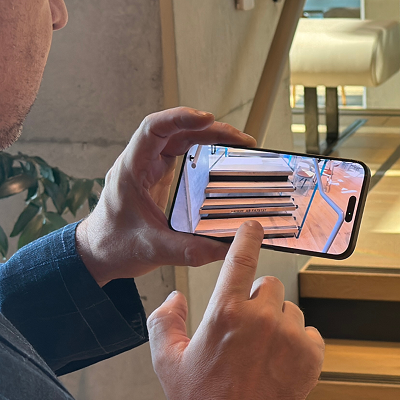In the realm of creative technology, countless innovations and discoveries have reshaped our world, transforming the way we interact, create, and express ourselves. From virtual reality to artificial intelligence, the field of creative technology encompasses a vast array of fascinating concepts and applications.
In this article, we delve into 42 little-known facts about creative technology that will surely ignite your curiosity and expand your understanding of this dynamic field.
- The term “creative technology” refers to the intersection of art, design, and technology, where innovative ideas and technical skills converge to produce new forms of expression.
- Augmented reality (AR) is a technology that overlays digital information onto the real world, enhancing our perception and interaction with the environment.
- Haptic technology enables users to experience tactile feedback through vibrations, forces, or motions, enhancing the sense of realism in virtual environments.
- The concept of creative coding combines programming and artistic expression, allowing artists and designers to create interactive digital artworks and installations.
- Generative art is a technique where algorithms and rules are used to create artwork that evolves and changes over time, often resulting in unique and unpredictable creations.
- Motion capture technology captures the movement of objects or people and translates it into digital data, commonly used in animation and gaming industries.
- Biofeedback technology measures physiological signals from the human body, such as heart rate and brainwaves, to create interactive experiences that respond to the user’s emotional or physical state.
- Rapid prototyping tools like 3D printers enable artists and designers to transform their digital designs into physical objects quickly and with high precision.
- Projection mapping involves projecting visual content onto real-world objects or architectural surfaces, creating immersive and dynamic experiences.
- Wearable technology integrates electronics and computing into clothing or accessories, enabling interactive and personalised experiences.
- Virtual reality (VR) immerses users in a computer-generated environment, simulating a sensory experience that can be interactive or purely visual.
- Open-source software and hardware play a vital role in creative technology, fostering collaboration, innovation, and accessibility.
- The Internet of Things (IoT) connects everyday objects to the internet, enabling them to collect and exchange data, leading to innovative applications in creative technology.
- The field of creative technology has deep roots in interdisciplinary collaboration, often involving artists, designers, engineers, and scientists working together.
- Machine learning algorithms can analyse vast amounts of data to identify patterns and generate insights, empowering creative applications such as music composition or image recognition.
- Chatbots, powered by natural language processing, can engage in interactive conversations with users, assisting them with information or providing entertainment.
- In the realm of digital art, blockchain technology has emerged as a means of establishing provenance, authenticity, and scarcity of digital artworks.
- Rapid advancements in virtual reality and robotics are driving the development of immersive experiences, such as telepresence, where users can feel present in a remote location.
- Creative technology plays a significant role in the gaming industry, allowing for realistic graphics, physics simulations, and interactive storytelling.
- Neurofeedback technology utilises brainwave data to provide users with real-time feedback, helping them enhance focus, relaxation, or creativity.
- Artists and designers are exploring the potential of mixed reality, which combines elements of both augmented reality and virtual reality, creating new possibilities for creative expression.
- Gesture recognition technology enables users to control digital interfaces or devices using hand movements, revolutionising the way we interact with technology.
- Sound design and synthesis technologies have evolved to create immersive auditory experiences, enhancing virtual reality, gaming, and multimedia installations.
- Biomimicry, drawing inspiration from nature, has influenced creative technology, leading to innovations in materials, structures, and interfaces.
- The convergence of creative technology and data visualisation has resulted in captivating ways to represent complex information, making it more accessible and engaging.
- Cloud computing has facilitated collaborative workflows in creative technology, allowing artists and designers to share resources, process intensive tasks, and work remotely.
- Creative technology has found applications in the field of healthcare, such as virtual reality therapy for phobias, pain management, and rehabilitation.
- The field of creative robotics combines elements of engineering, design, and artistic expression to create robotic systems that can interact with humans or perform creative tasks.
- Interactive storytelling utilises technology to create immersive narratives that respond to user input, allowing for personalised and participatory experiences.
- Creative technology has sparked the emergence of digital fabrication labs, also known as fab labs, where individuals can access tools and resources to bring their ideas to life.
- The concept of “smart cities” incorporates creative technology to enhance urban environments, improving sustainability, connectivity, and quality of life.
- Biohacking explores the intersection of biology and technology, where individuals experiment with augmenting their own bodies through implants or other enhancements.
- Creative technology has influenced the field of fashion, with designers incorporating interactive elements, smart textiles, and wearable electronics into their creations.
- Gamification, leveraging game mechanics in non-game contexts, has gained prominence in creative technology, motivating and engaging users in various applications.
- Tangible interfaces enable users to interact with digital content through physical objects, blurring the boundary between the physical and virtual worlds.
- Computational photography techniques utilise algorithms to enhance and manipulate digital images, expanding the possibilities of creative expression in photography.
- Creative technology is playing a role in preserving cultural heritage, with projects focusing on digitising and restoring artworks, artifacts, and historical sites.
- In the field of music, creative technology has led to innovations like digital audio workstations, virtual instruments, and real-time performance systems.
- Ethical considerations surrounding privacy, security, and bias are crucial in the development and deployment of creative technology to ensure responsible and inclusive innovation.
- The democratisation of creative technology has empowered individuals from diverse backgrounds to participate and express themselves, fostering inclusivity and diversity.
- The field of creative technology is constantly evolving, driven by curiosity, experimentation, and the desire to push the boundaries of what is possible.
- Creative technology has the potential to profoundly impact various aspects of society, from entertainment and education to healthcare and sustainability, shaping the world we live in.
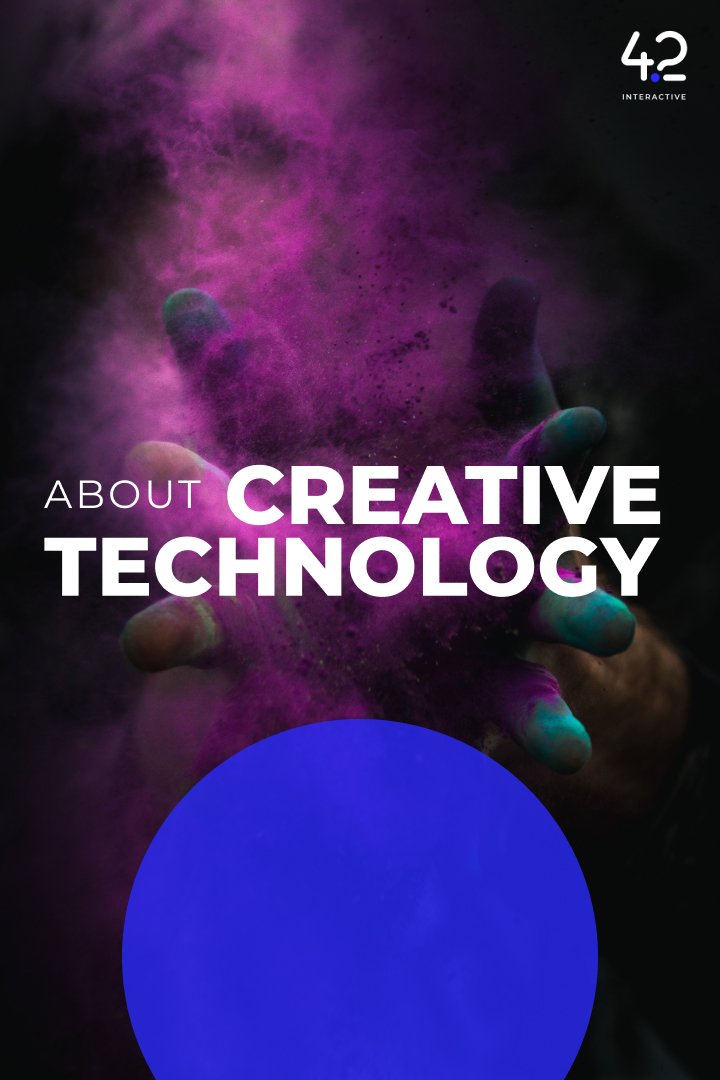
Source: 42 Interactive
Conclusion
The realm of creative technology is a vast and ever-expanding landscape of possibilities, merging art, design, and technology to create captivating experiences. These 42 little-known facts about creative technology provide a glimpse into the breadth and depth of this field, reminding us of its transformative power and its ability to reshape our perceptions, interactions, and creative expressions. As technology continues to evolve, so too will the opportunities for innovation and exploration within the realm of creative technology.
Find out more on why and how you should work with a Creative and Technology Partner. Contact us now!



